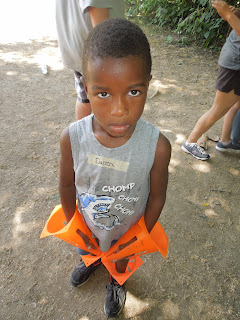Bobcats, sometimes called wildcats, are roughly twice as big as the average housecat. They have long legs, large paws, and tufted ears similar to those of their larger relative, the Canada lynx. Most bobcats are brown or brownish red with a white underbelly and short, black-tipped tail. The cat is named for its tail, which appears to be cut or "bobbed."
Fierce hunters, bobcats can kill prey much bigger than themselves, but usually eat rabbits, birds, mice, squirrels, and other smaller game. The bobcat hunts by stealth, but delivers a deathblow with a leaping pounce that can cover 10 feet (3 meters).
Bobcats are solitary animals. Females choose a secluded den to raise a litter of one to six young kittens, which will remain with their mother for 9 to 12 months. During this time they will learn to hunt before setting out on their own.
Type:
Mammal
- Diet:
- Carnivore
- Average life span in the wild:
- 10 to 12 years
- Size:
- Head and body, 26 to 41 in (66 to 104 cm); tail, 4 to 7 in (10 to 18 cm)
- Weight:
- 11 to 30 lbs (5 to 14 kg)
- Did you know?
- The bobcat is the most abundant wildcat in the U.S. and has the greatest range of all native North American cats.
- Usually solitary and territorial animals, females never share territory with each other. Male territories, however, tend to overlap. Territories are established with scent markings and territory sizes are extremely varied – generally 25-30 square miles for males and about five square miles for females.
Dens: Each bobcat may have several dens, one main den and several auxiliary dens, in its territory. - Main den: Usually a cave or rock shelter, but can be a hollow log, fallen tree, or some other protected place. (Also called the natal den)
- Auxiliary dens: Located in less-visited portions of the home range and are often brush piles, rock ledges or stumps. These are also called shelter dens.
- In Mexico, bobcats are persecuted as sheep predators and are frequently killed by farmers. They are still hunted and trapped for their fur throughout most of their range. Habitat destruction and the ever-expanding human population limit their ranges.





















































